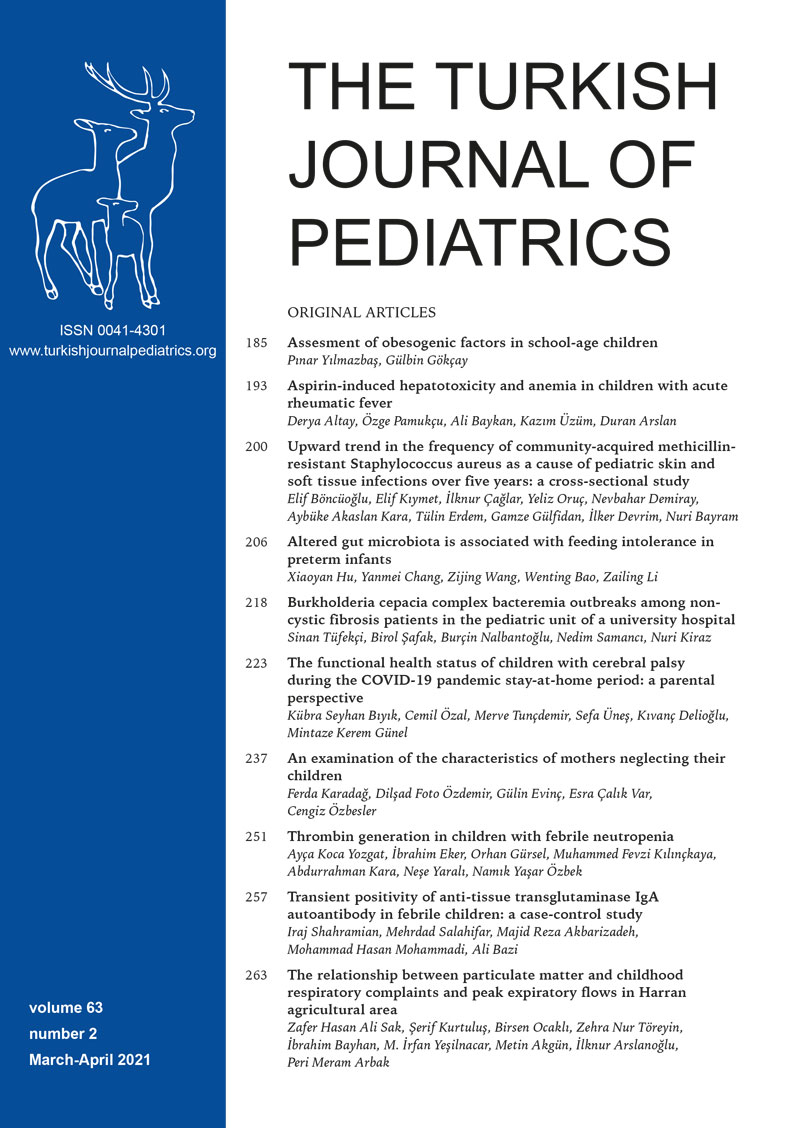Abstract
Background. In recent years, many studies have evaluated the increasing incidence of asthma and chronic respiratory diseases among children living close to rural areas with pesticide application. Pesticide exposure in 266 children (126 girls and 140 boys) in Şanlıurfa, a cotton-producing province in Turkey, was explored in this work. Four different villages spread over 40 km2 were included.
Methods. Measurements of peak expiratory flow (PEF) in 266 children were conducted in late June, before intensive pesticide applications in the cotton-producing fields. The measurements were repeated for 72 of 266 children after pesticide application in late August. PEF, particulate matter with diameter less than 2.5 μm (PM 2.5 ), particulate matter with diameter less than 10 μm (PM 10 ), temperature, humidity, and wind speed were measured.
Results. After pesticide application, mean PM 2.5 and PM 10 values were significantly increased compared to before pesticide application (p < 0.001 for both parameters). After pesticide exposure, nasal discharge, sneezing, burning and itching in the eyes, cough, sputum production, wheezing, shortness of breath and chest tightness were significantly increased (p < 0.001). The mean PEF value was demonstrated to decrease significantly after pesticide application (p < 0.001). Moreover, significant negative correlations were noted between PEF and PM 10 and between PEF and PM 2.5 (p < 0.001).
Conclusions. Intensive pesticide application causes respiratory dysfunction and increased respiratory complaints in children living near the affected agricultural areas, and impacts quality of life adversely. The results of this work can be used to develop an early warning system and methods to prevent respiratory disorders in children residing in the study area.
Keywords: PM10, PM2.5, Peak expiratory flow, pesticide exposure in children
Copyright and license
Copyright © 2021 The Author(s). This is an open access article distributed under the Creative Commons Attribution License (CC BY), which permits unrestricted use, distribution, and reproduction in any medium or format, provided the original work is properly cited.














